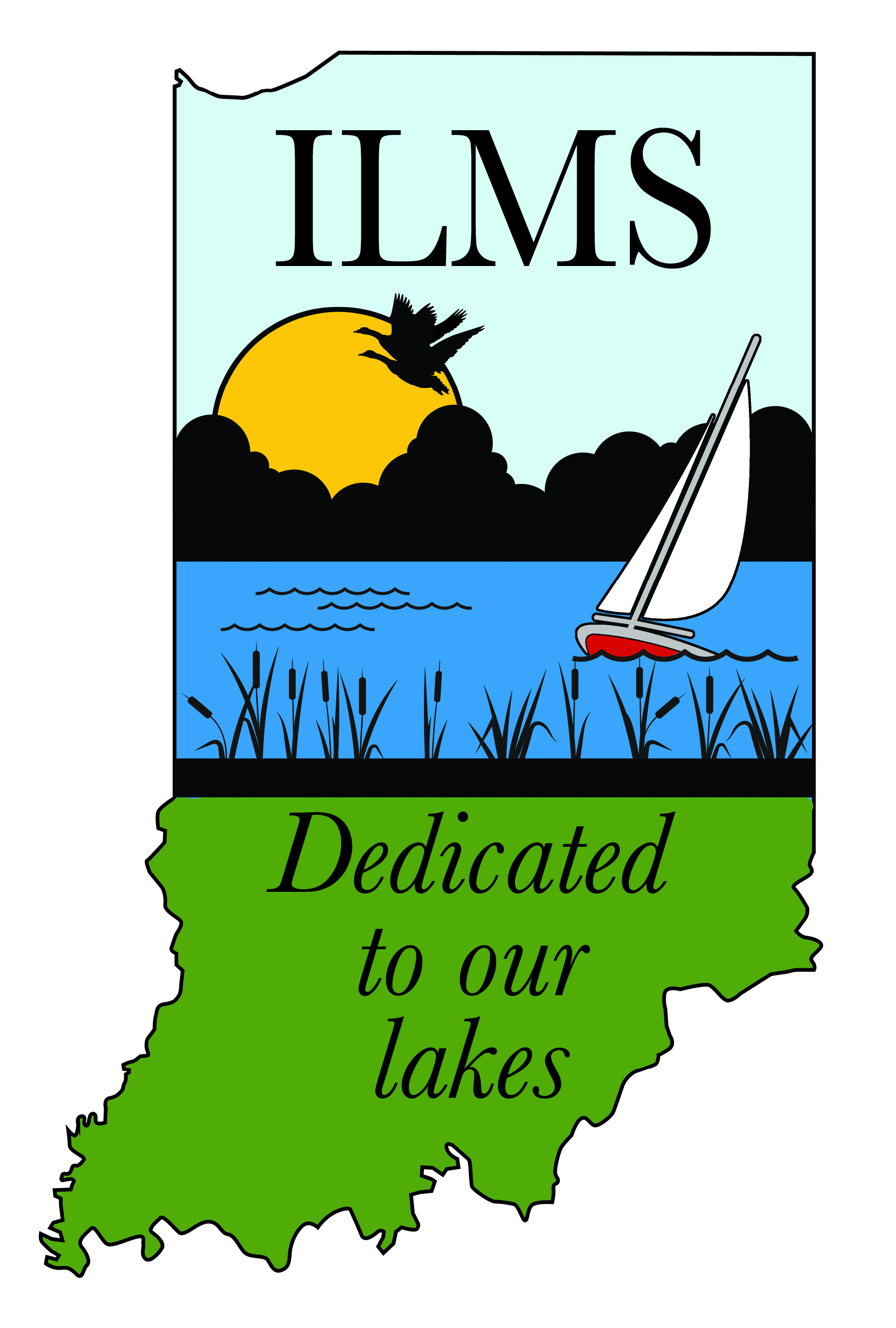I recently had the opportunity to attend the 2025 Indiana Lakes Management Society (ILMS) conference, which focused on a wide range of pressing water quality issues in Indiana. As a college student with an interest in environmental and water resources, this conference provided valuable insights into the challenges and solutions in managing lakes, rivers, and watersheds.

The opening session, “Strategies for Solving Regional Water Problems,” by Jill Hoffmann of the White River Alliance, set the tone for the rest of the conference. Her talk focused on the importance of collaboration across sectors and jurisdictions, especially since water issues rarely stay within one county or community. I appreciated how she emphasized that regional cooperation—not just individual projects—is critical to long-term success. It reminded me that solutions to water problems must match the scale of the problems themselves.
Another session that stood out was "14 Years of Microcystin Monitoring in Kosciusko County Lakes" by Matt Burlingame from the Lilly Center. Microcystin, a harmful algal bloom toxin, has been a significant concern in Indiana's lakes. Matt shared data from over a decade of monitoring efforts, which showed how microcystin levels fluctuate over time and the conditions that contribute to these fluctuations. This session emphasized the ongoing need for regular water quality monitoring and the importance of early detection in preventing health risks associated with harmful algal blooms. It was particularly enlightening to see the importance of consistent monitoring and how data over time is key for understanding and managing lake health.
I also attended “Lead in Muncie’s Water Supply,” presented by Damilola Olabiyi from Ball State. Her study on lead contamination in Muncie’s drinking water was both alarming and informative. She shared insights into not only the presence of lead in pipes but also how community awareness (or the lack of it) impacts public health responses. The session reinforced how environmental issues often intersect with public communication and equity—something I hadn’t thought about much before.

In addition to these technical sessions, I also gained insight into the role of nature-based solutions in water quality management. The session on “Nature-Based Lake Sediment & Water Quality Solutions” by Landon Vine and Ted Blahnik (V3 Companies) introduced innovative approaches using natural systems—like restored wetlands and vegetative buffers—to reduce sediment and nutrient runoff. This nature-based focus was echoed in another session I found especially relevant: “Protecting Our Waters: Policy Updates and Nature-Based Solutions for Indiana’s Water Resources” by Maria Iturbide-Chang of the Hoosier Environmental Council. She discussed recent legislative efforts, as well as opportunities to incorporate ecological approaches into statewide policy. It was encouraging to hear about efforts being made to integrate science and sustainability into government decision-making.
In terms of land and watershed management, I really enjoyed “Identifying, Assessing, and Prioritizing Streambank Erosion Concerns,” by Ross St. Clair and Jenna Meert. They walked us through real-life examples of erosion assessment and restoration projects, which made it feel very applicable. Streambank erosion is a major issue in many Indiana watersheds, contributing to sedimentation and water quality degradation. This session reminded me that effective watershed management requires an understanding of the interconnectedness of all factors affecting water health, from erosion to land use practices. Speaking of land use practices, “The Importance of Farmer Outreach in National Water Quality Initiative Watershed Projects” by Sarah Reilly also helped me understand how critical it is to work with agricultural communities if we want to improve water quality on a broad scale.
On the more technical side, “Using Drones as a Tool in the Ecological Restoration Process” by Clay Kusbach and Jacob Peters showed how drone imagery is becoming a powerful tool in planning and monitoring restoration work. I hadn’t realized drones could be used so effectively in this field, and I left the session really interested in learning more about how these technologies can be applied.
The volunteer engagement sessions were inspiring, too. In “Snapshot Water Quality Monitoring Day,” Caitlin Yoder explained how everyday citizens can get involved in water quality testing across multiple lakes and streams. Similarly, “The River Assessment Field Teams (RAFT)” presentation by Kelly Brown highlighted how structured, volunteer-based sampling can generate useful data while also building community awareness.
Finally, “A Wake-Up Call—Wakesurfing and Indiana Law” by Lyn Crighton was definitely a wake-up call. I was already aware that wakesurfing can contribute to shoreline erosion, but this talk deepened my understanding of how serious the impacts can be, especially on smaller lakes. Lyn explained the science behind wave energy and the lack of regulation, highlighting the need for more awareness and policy around this growing issue. What I appreciated most was how she approached the issue from both an ecological and community standpoint, stressing the need for balance between recreation and lake preservation. It made me think about how policy and public education could better support sustainable use of our waterways.

Overall, the 2025 ILMS conference was a great experience that deepened my understanding of the complexities surrounding water quality management. It was also a great opportunity to be able to hear directly from scientists, consultants, policy advocates, and community leaders working to protect Indiana’s water resources. It helped connect classroom learning to real-world application and gave me a deeper appreciation for the broad range of expertise involved in managing our lakes and watersheds. I left feeling both more informed and more motivated to be part of this work in the future. And I can't wait for next year!
